A NATIONAL ACT OF RECOGNITION
With the First Peoples of Australia at Kamay Botany Bay
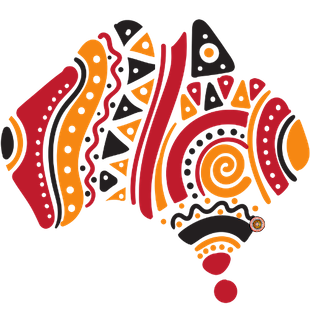
A Truth Telling Day will be held at Kamay Botany Bay – Saturday 25 October 2025, 10am-4pm
To know what happens at these special occasions, view the videos below of the previous Kamay Day gathering held in March 2024.
Hear First Nations leaders speaking about our Truth Telling Education Program at Kamay Botany Bay (90 seconds)
Our Education Model: View all or part of our Truth Telling Day held 2 March 2024 near the Lieutenant James Cook 1770 landing place, Kamay Botany Bay.
Truth Telling – The Recognition Way
Creating a platform for First Nations people to be heard.
Creating a platform for all Australians of goodwill who are committed to truth, justice and healing to be heard.
Our purpose is to help all Australians to have a far deeper understanding of our true history since colonisation – as described in early British records – and its impact on First Nations people of this country.
1. Know The Story

Here’s where to start – follow the facts …

At Plymouth, England Instructions to Lieutenant James Cook
Lieutenant Cook was given several instructions prior to leaving on his voyage into the Southern Oceans. The instructions were given by the British Admiralty and the British Royal Society. Instructions were: how to behave toward people of other lands, how to build relationships, what he could do and what he could not do. All very specific. The question is: did Lt. Cook adhere to the clear instructions of his commission? No, he did not. Click on the heading above to read more of the story…

At Kamay Botany Bay, An Armed Attack
After only some 15 minutes into their first encounter, Lt. James Cook launched an armed attack against the Gweagal people – on Country. Click on the heading above to read more of the story…
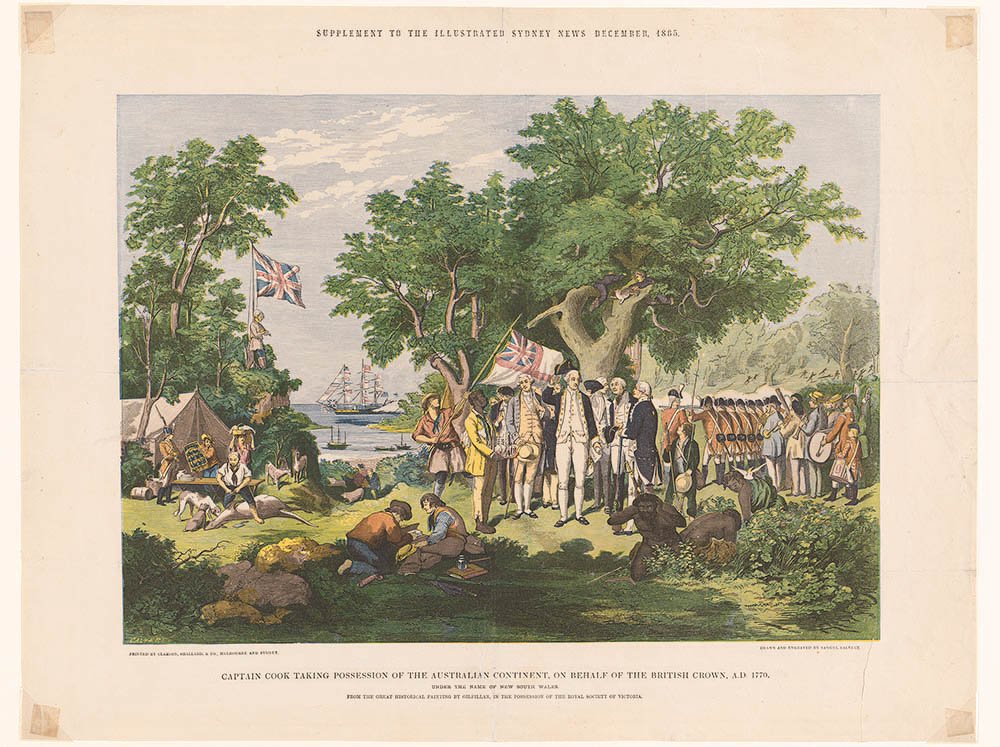
At Possession Island “… I took possession …”
From Endeavour Journal entries it appears the ship is now located near an island just to the west of the tip of Cape York. From an entry written by Lt. James Cook we learn a surprising amount of detail. Even the most casual glance leaves us knowing two vital facts: that at that location he took possession of lands, and that Lt. Cook well knew those lands were inhabited. Now click the heading to read the transcript by Lt. James Cook …

At Port Jackson – The First Fleet
On 26th January 1788 the First Fleet, under the command of Captain Arthur Phillip, arrived at what is now known as Port Jackson (Sydney Harbour). Click on the heading above to read more of the story…
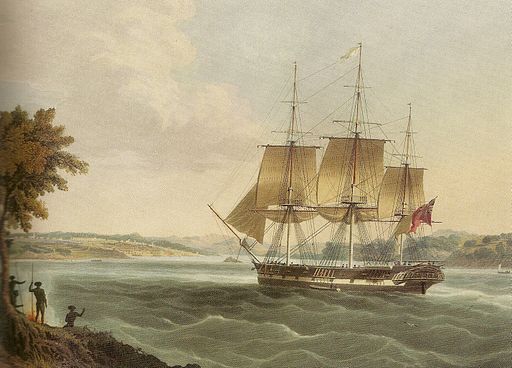
From The Coast to Mountains
The First Fleet had arrived. Convicts, guards, soldiers and their families had disembarked at what is now known as Sydney Cove, and it wasn’t long before the axes were heard ringing. The trees were coming down and the cabins were going up. The early action of establishing the penal colony had begun. This marked a catastrophic turning point for the First Peoples. Initially, it was very perplexing for the local inhabitants as they had no way of knowing what this may mean. Would these newcomers stay a while, then leave? Slowly it became clear that would not be the case. The intruders were not only here on Country – Gadigal Country – they were here to stay. Click on the heading above to read more of the story.

Crossing the Mountains
In January 1815 William Cox, commissioned by Governor Lachlan Macquarie, completed building the road over what is now called the Great Dividing Range – or the Blue Mountains. Once the mountains had been crossed the township of Bathurst was soon established. Settlers moved their sheep and cattle over the range and onto the rolling grassy plains and valleys that stretched way beyond the horizon in an endless vista. Colonisation had arrived on Wiradyuri Country. Yet again an intrusion had taken place and, as at all other times – without consent! Click on the heading above to read more of the story.
Our nation’s story is marked by the stark contrast between the growth of British Colonies and the dispossession of Aboriginal Communities, with first peoples bearing the heavy burden.
It’s time to understand the issues and a proposed way forward.
“Though the issues stemming from the British Colony may be challenging to fully grasp, the lasting impacts continue to reverberate through our society today, demanding our attention and action.
Join us in confronting our shared history, acknowledging the complexities, and working towards a more better future for all Australians.” To see the facts and issues select the find out more button below.
2. Follow The Facts

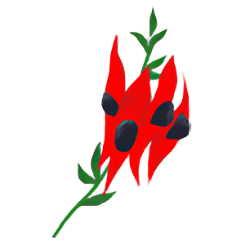
3. Going Forward

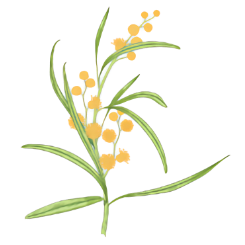
Where to from here? Truth Telling!
- Open the Records and Recognise the Reality of European Settlement
- Recognise the Impact on First Peoples, Past, and Present”
- Join Us in acknowledging the past to shape the Future
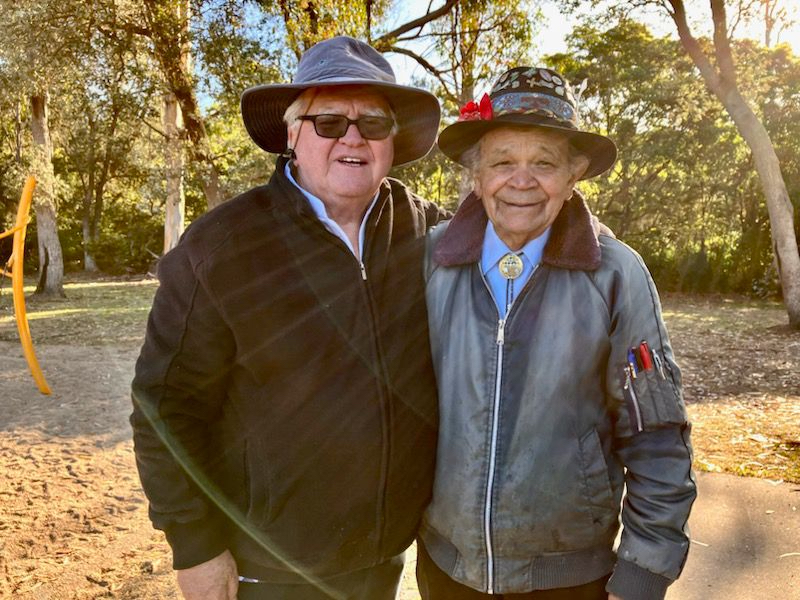
Recognition National Leadership Team Members
Mr Tom Hallas and Elder Ossie Cruse
Our Story
Founded in 1997, A National Act of Recognition is a grassroots people’s movement developed by First Nations and later Australians working together. The purpose has been to bring Truth Telling into our national conversation. This movement has no connection to the Voice to Parliament or Constitutional Recognition movements.
Co-chairs of the Recognition National Leadership Team, Elder Ossie Cruse MBE AM and Lindsay McDowell launched this invitation, saying it is an important opportunity for healing by jointly speaking truth in unity after such a difficult national referendum debate.
Elder Cruse said:
“This Truth Telling is the culmination of 26 years of consultation with First Nations people where they live – on Country.
Our Recognition Teams have sat down with over 100 urban, regional and remote communities – in the wind and the rain and the dust and the mud – to ask what it is that is truly important to them.
“Their overwhelming response was that they want to see public recognition Australia wide of our true history since colonisation began. The majority strongly asserted that genuine ‘Truth Telling’ is of the highest priority when addressing our colonising history.
“No matter what the result of the Voice to Parliament referendum, we need a way to come together as a people – to take ownership of the past and, in doing so, be set free to look to the future.”
Elder Ossie Cruse
Read more about our background and story here…